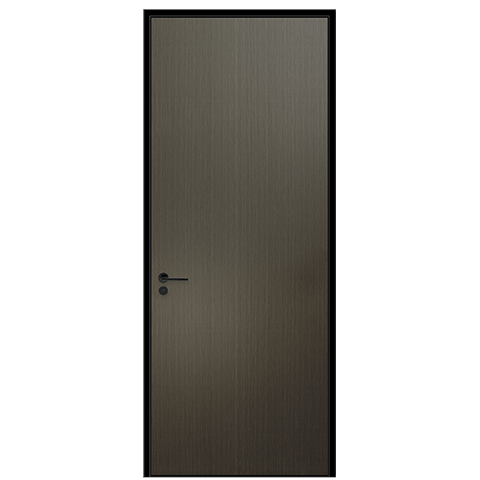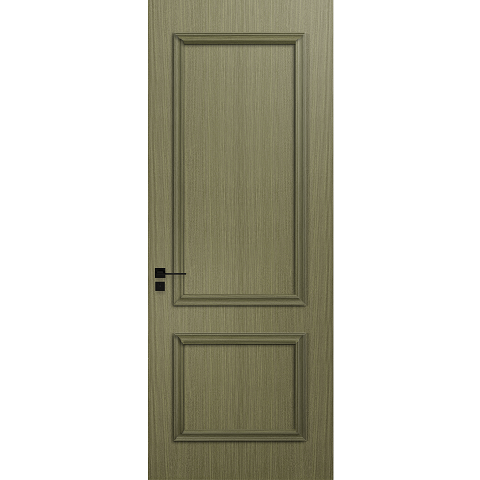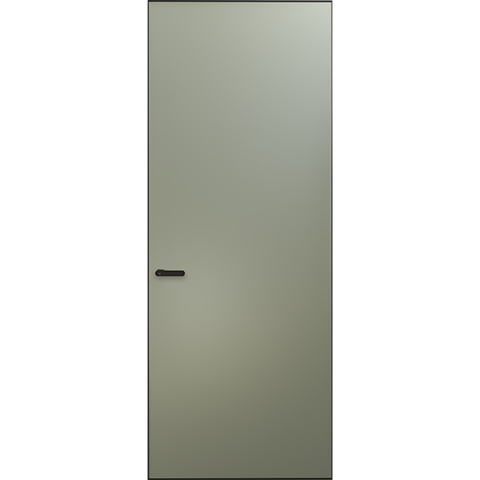How to construct uPVC windows&doors?
Doors and windows are divided into enclosure components and partition components according to their different positions. There are different design requirements to have functions such as heat preservation, heat insulation, sound insulation, waterproofing, and fire prevention. Doors and windows are important components of a building envelope system, and they each play a different role in a building. Commonly used doors and windows include wooden doors and windows, steel doors and windows, aluminum alloy doors and windows, uPVC windows&doors and broken bridge aluminum doors and windows. At present, the commonly used forms of doors and windows in housing construction projects are uPVC windows&doors and broken bridge aluminum doors and windows.
Construction of uPVC windows&doors
1. Construction technology of uPVC windows&doors
uPVC windows&doors are made of polyvinyl chloride as the main raw material, light calcium carbonate as filler, adding an appropriate amount of modifier, extruding into various empty profiles, and then assembling the profiles to form uPVC windows&doors. Generally, steel or aluminum alloy profiles are embedded in the empty stomach, so it is also called uPVC windows&doors.
1. Construction process
Subsidize the protective film → find the middle section on the frame → install the fixing piece → find the middle section at the hole → remove the glass (or door, window sash) → enter the hole in the frame → adjust the positioning → fix with the wall → assemble the splicing material → install the window sill → fill with elastic material → plastering the hole → cleaning the mortar → caulking → installing the glass (or door, window frame) → installing the screen window (door) → installing the hardware → cleaning the surface → tearing off the protective film.
2. Key points of construction operation
2.1, uPVC windows&doors frame and wall fixing
uPVC windows&doors are fixed by fixing pieces. The fixing pieces are generally galvanized steel sheets. The thickness should not be less than 1.5mm and the width should not be less than 15mm. When installing, a drill bit with a diameter of 3.2mm should be used to drill holes, and then the cross pan head self-tapping screws M4×20 should be screwed in, and the nails should not be hammered directly; The horizontal frame is 150~200mm, and the spacing between the fixed pieces should be no more than 600mm. Do not install the fixing plate directly on the stop of the middle horizontal frame and middle vertical frame. The upper frame should be fixed first, and then the frame should be fixed. The fixing method should meet the following requirements:
The opening of the concrete wall should be fixed with shooting nails or plastic expansion screws; the opening of the brick wall should be fixed with plastic expansion screws or cement nails, and fixed at the pre-embedded wooden brick; the opening of aerated concrete should be fixed with wood screws. on a log. The holes with embedded iron parts should be fixed by welding, or the base holes can be drilled according to the fastener specifications on the embedded parts, and then fixed with fasteners.
2.2, filled with elastic material
The gap between uPVC windows&doors and the hole should be filled with elastic materials (such as closed-cell foam, expanded polystyrene and other elastic materials). A good material for filling expansion joints is a plastic blowing agent. It has the functions of good bonding, fixing, sound insulation, heat insulation, sealing and moisture-proof, and filling structural vacancies.
2.3, uPVC windows&doors fan installation
uPVC windows&doors fans can be divided into two types: flat opening and push-pull according to the opening method. The hinge slot for the uPVC windows&doors fan should be cut out in the factory, and then the uPVC windows&doors fan should be put into the frame at the site, the matching position of the fan and the frame should be adjusted, and the hinge should be used to fix it, and then check whether the switch is flexible. For sliding uPVC windows&doors, since the fan is not connected to the frame, for the detachable sliding fan, the glass should be installed first, and then the uPVC windows&doors fan should be installed.
2.4. Installation of hardware accessories
First, punch holes slightly smaller than the diameter of the screw on the frame fan rod with a hand electric drill, and then screw it in with the matching self-tapping screw. It is strictly forbidden to directly drive it with a hammer. Hardware accessories should be installed firmly, in correct position and flexible in use.
2. uPVC windows&doors acceptance criteria
1. The main control project
1.1. The variety, type, specification, size, opening direction, installation position, connection method and filling and sealing treatment of uPVC windows&doors should meet the design requirements, and the wall thickness and setting of the lining reinforced steel should meet the quality requirements of the current national product standards.
1.2. The installation of uPVC windows&doors frame, sub-frame and fan must be firm. The number and position of the fixing pieces or expansion bolts should be correct, and the connection method should meet the design requirements.
1.3. The specification and wall thickness of the profile steel added to the uPVC windows&doors lining material must meet the design requirements. The profile steel should be closely matched with the inner cavity of the profile, and its two ends must be firmly fixed with the hole. The window frame must be closely connected with the splicing material, and the distance between the fixed points should not be greater than 600mm.
1.4, uPVC windows&doors fans should be flexible on and off, closed tightly, and not upturned. Sliding uPVC windows&doors fans must have anti-shedding measures.
1.5. The model, specification and quantity of uPVC windows&doors accessories should meet the design requirements, the installation should be firm, the position should be correct, and the function should meet the use requirements.
1.6. The gap between the uPVC windows&doors frame and the wall should be filled with closed-cell elastic materials, and the surface should be sealed with sealant. The sealant should be firmly bonded, and the surface should be smooth, straight, and free of cracks.
2. General items
2.1. The surface of uPVC windows&doors should be clean, flat and smooth, and the large surface should be free of scratches and bruises.
2.2. The sealing strip of uPVC windows&doors fan shall not be out of the groove. The rotating window gap should be substantially uniform.
2.3. The switching force of the uPVC windows&doors fan should meet the following requirements: the switching force of the flat hinge of the flat uPVC windows&doors fan should not be greater than 80N; the switching force of the sliding hinge should not be greater than 80N and not less than 30N. The switching force of the push-pull uPVC windows&doors fan should be no more than 100N (check with a spring scale).
2.4. The seam between the glass sealing strip and the glass slot should be flat, and must not be curled or removed from the slot.
2.5. The drainage holes should be unblocked, and the location and quantity should meet the design requirements.
2.6. Allowable deviation items for uPVC windows&doors installation
- uPVC windows&doors slot width and height (≤1500mm, 2mm; ≥1500mm, 3mm);
- Diagonal length difference of uPVC windows&doors slot (≤2000mm, 3mm; >2000mm, 5mm);
- The verticality of the front and side of the uPVC windows&doors frame (3mm);
- Horizontality of uPVC windows&doors horizontal frame (3mm);
- uPVC windows&doors horizontal frame elevation (5mm);
- uPVC windows&doors are vertically off-center (5mm);
- Double layer uPVC windows&doors inner and outer frame spacing (4mm);
- The height difference between adjacent sashes of the same casement uPVC windows&doors (2mm);
- Fitting clearance for hinged uPVC windows&doors (+2mm; -1mm);
- Sliding amount of push-pull uPVC windows&doors fan and frame (+1.5mm; -2.5mm);
- Sliding uPVC windows&doors fan and mullions are equal (2mm).
 Hot Recommendation
Hot Recommendation
 Latest Products
Latest Products



